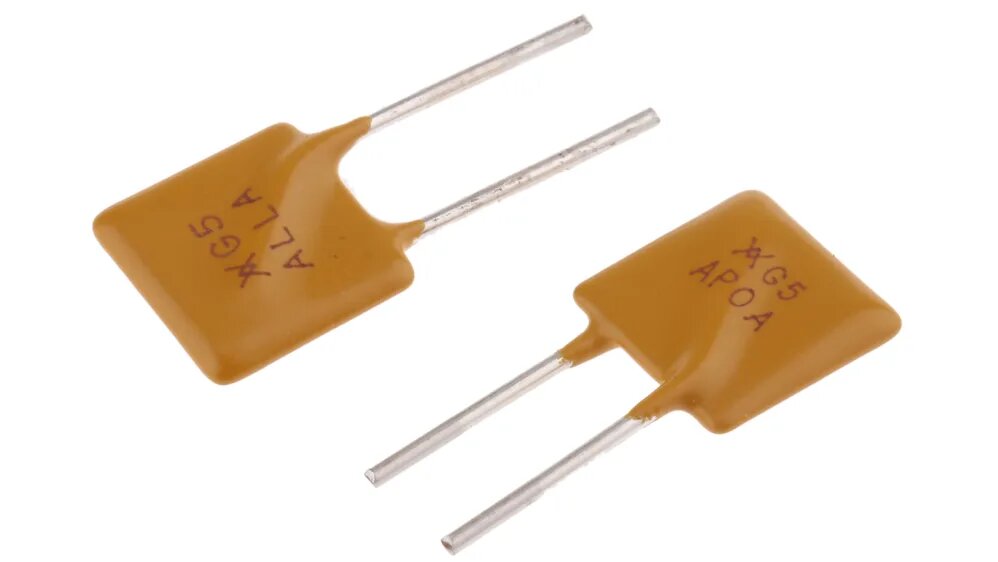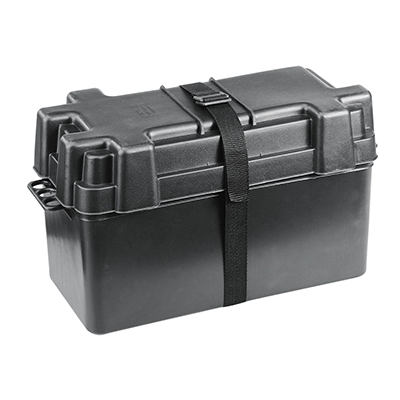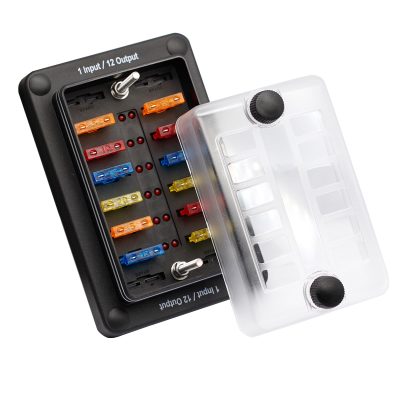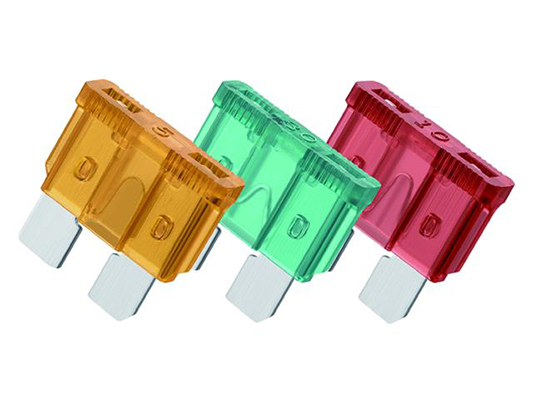Key Fuse Types Utilized in Contemporary Passenger Automobiles: Emphasizing Blade, Cartridge, and Glass Tube Designs
News 2025-10-24
Fuses are essential components in passenger car electrical systems, protecting against overcurrent and short circuits to ensure safety and reliability. In modern vehicles, common types include blade fuses, which are compact and user-friendly; cartridge fuses, known for their durability in high-power applications; and glass tube fuses, often used in specific or legacy systems. Each variant offers distinct benefits in terms of size, installation ease, and performance, making them critical for automotive maintenance and design.

Blade Fuses in Passenger Car Systems
Blade fuses dominate automotive applications due to their small size and simple design, fitting seamlessly into standard fuse boxes located under the hood or dashboard. They are ideal for protecting individual circuits in lighting, audio, and control systems. Performance advantages include rapid response to faults, color-coded amperage for easy identification, and cost-effective replacement, which minimizes downtime during repairs and enhances overall vehicle safety by preventing electrical fires or component damage.
Glass Tube Fuses for Automotive Circuits
Glass tube fuses feature a transparent glass body that allows visual inspection of the internal element, making them suitable for diagnostic purposes in passenger cars. They are commonly found in older models or specific low-voltage applications, such as interior lighting or sensor circuits. Key performance benefits include reliable overcurrent protection and affordability, though they may have limitations in high-current scenarios, offering a balance between functionality and ease of use in maintaining vehicle electrical integrity.
Cartridge Fuses in Vehicle Power Systems
Cartridge fuses, with their cylindrical metal construction, are employed in passenger cars for robust protection in demanding environments, such as engine compartments or high-amperage accessories. They excel in applications requiring high interrupting capacity, safeguarding against severe short circuits in power distribution networks. Advantages include enhanced durability and resistance to vibration, contributing to long-term reliability and reducing the risk of electrical failures, thus supporting efficient operation in modern automotive designs.
Frequently Asked Questions
1. What distinguishes blade fuses from other types in cars?
Blade fuses are compact and color-coded for quick replacement, unlike glass tube fuses which allow visual inspection or cartridge fuses that handle higher currents.
2. Where are glass tube fuses typically applied in passenger vehicles?
They are often used in low-voltage circuits or older car models for easy fault detection through transparency.
3. How do cartridge fuses improve automotive safety?
Cartridge fuses provide high interrupting capacity, effectively protecting against short circuits in high-power systems and enhancing overall vehicle reliability.


